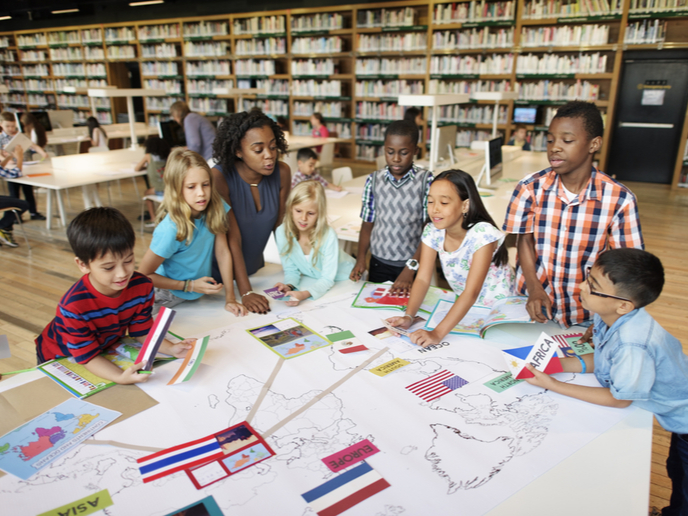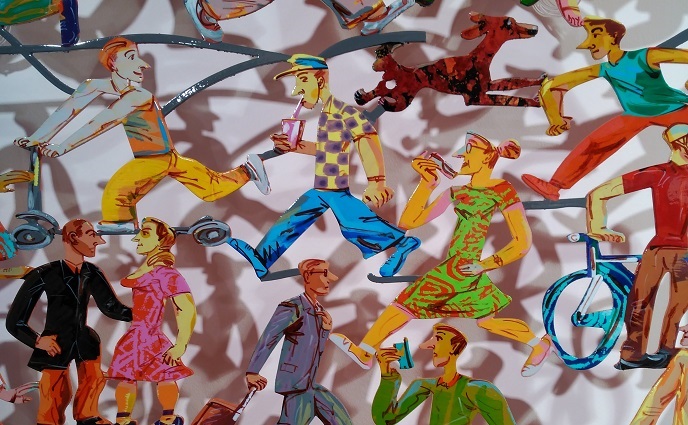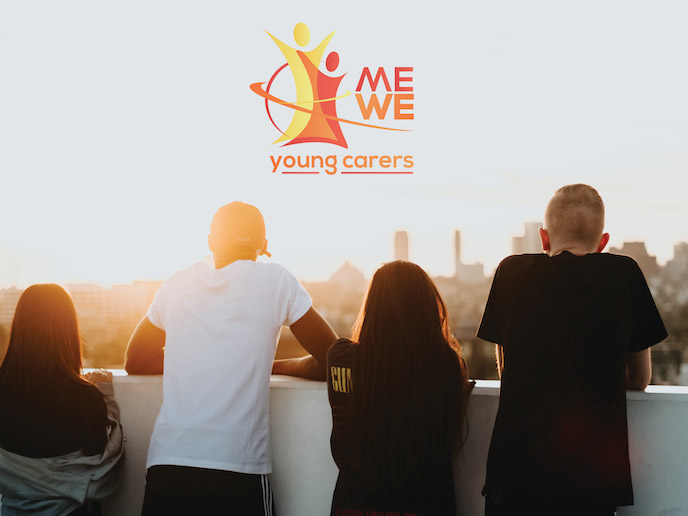Tackling inequality through inclusive education and social support
Social cohesion is the bedrock of the EU. However, many argue that this foundation is beginning to crack. That’s because factors such as migration, cultural diversification and segregation all contribute to growing inequalities in education, the labour market, income and welfare systems, amongst others. To strengthen the social bond, initiatives across Europe are working to increase intercultural contact and facilitate a respect for different cultures. One of these initiatives is the EU-funded ISOTIS project. The project’s overarching aim is to contribute to the development of effective practices and policies for increasing educational equality and social inclusion for those who face persistent disadvantages and risk of marginalisation. “In Greek, ισότηϛ means equality, evenness, fairness and parity,” says Paul Leseman, a researcher at Utrecht University in the Netherlands and ISOTIS project coordinator. “In alignment with the Greek term, ISOTIS builds on the strengths of culturally and linguistically diverse families, many of them migrants, giving them a voice in how to adapt early education systems and support services.”
A focus on education
To combat inequalities and increase inclusiveness, researchers set their sight on early childhood and primary education, along with family support and health services, and community programmes. “Education is important for a range of outcomes later in life,” explains Leseman. “It is also about establishing a common ground, sharing and co-creating norms and values, supporting interethnic interaction, and fostering democratic citizenship.” Research was done at both the macro and micro levels. As to the former, researchers compared educational systems across Europe. “We identified a number of system characteristics that consistently reduce education gaps, including early childhood education, small class size and a late tracking age,” says Leseman. At the micro level, the project conducted observational research on how individual classrooms create and promote intercultural cohesion. For example, in Portugal, the Mãcheia de Chaborrilhos initiative is increasing the inclusion of Roma children in primary schools with non-Roma children. “This programme focuses on promoting intercultural dialogue in classrooms through identity activities like making self-portraits and family trees, discussing family stories using heritage languages, and playful group activities,” says Leseman. Another key aspect of the project was an interview study. Here, researchers worked with local providers and NGOs to interview thousands of parents across Europe and learn about their personal experiences living within a multicultural society. “We learned that parents have high educational aspirations for their children, a positive relationship with teachers, and infrequently experience incidents of being treated unfairly or openly discriminated at the local level,” adds Leseman.
A practical tool for inclusion
From this research, the project developed effective interventions for tackling the mechanisms of inequality. One such intervention is the online Virtual Learning Environment (VLE). The VLE includes over 100 multimedia learning activities on such topics as identity, language awareness, bridges between home and school, cultural differences and social justice. “Our goal was to create culturally safe, welcoming places for children in early and primary education, regardless of their background, with easy-to-cross boundaries between home and school, and trusting relationships between parents and professionals,” says Leseman. “The VLE encapsulates many of the project’s findings, creating a practical tool for intercultural education and multilingual support in classrooms and within family-focused interventions.”
Keywords
ISOTIS, inequality, education, social cohesion, inclusion, educational equality







